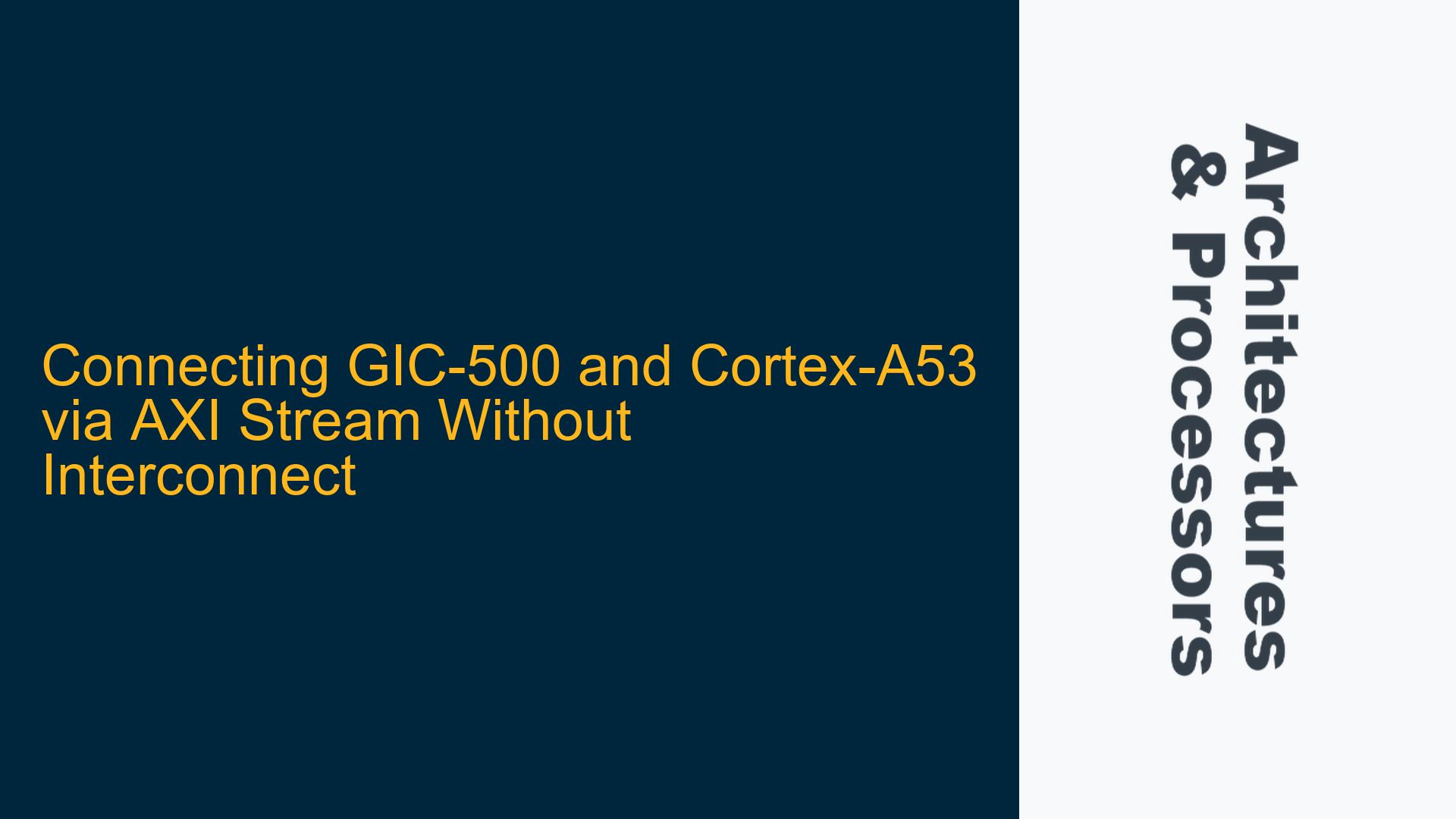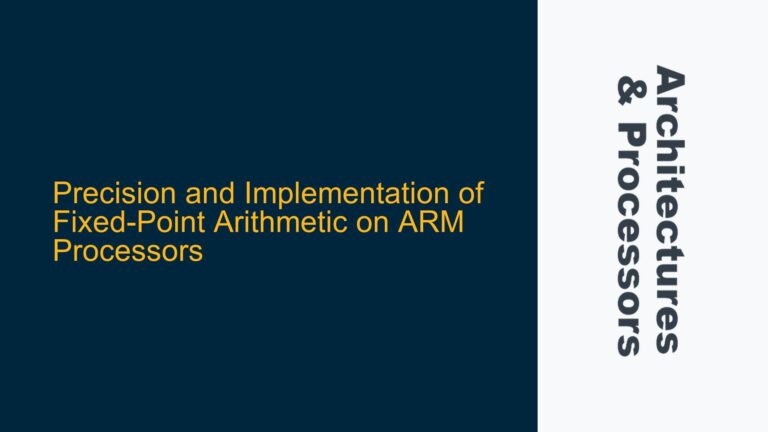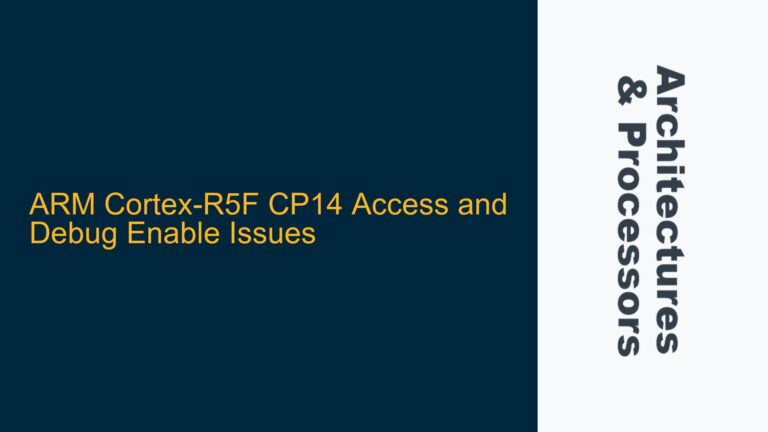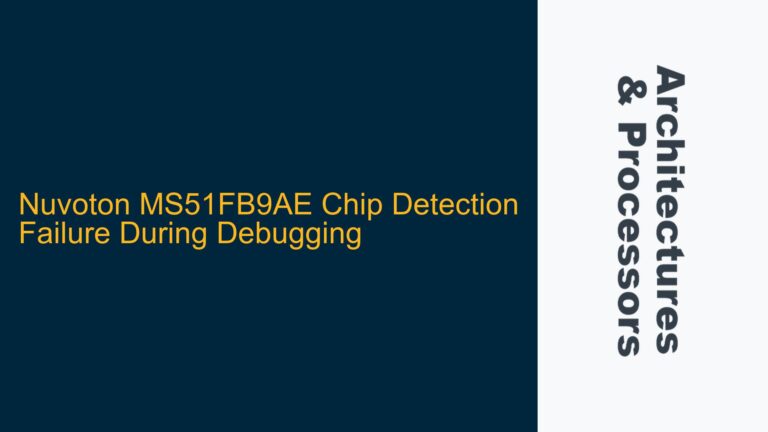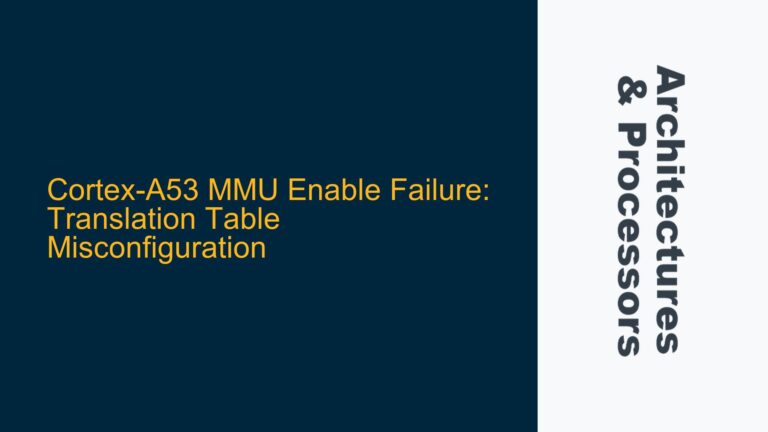Direct AXI Stream Connection Between GIC-500 and Cortex-A53
When integrating ARM IPs such as the GIC-500 and Cortex-A53, the typical approach involves using an interconnect fabric to manage communication between the components. However, in some cases, designers may wish to establish a direct connection between these IPs without an intermediary interconnect. This scenario arises when the design requires minimal latency, reduced area overhead, or specific performance optimizations that an interconnect might not provide. The GIC-500, which serves as a Generic Interrupt Controller, and the Cortex-A53, a high-performance ARM processor, both support AXI Stream interfaces, making a direct connection theoretically possible. However, this approach introduces several challenges, including protocol compliance, signal synchronization, and timing constraints.
The AXI Stream protocol is a unidirectional point-to-point communication protocol designed for high-speed data transfer. Unlike the AXI4 protocol, which supports multiple masters and slaves with complex arbitration, AXI Stream is simpler and focuses on streaming data between two endpoints. In the context of connecting the GIC-500 and Cortex-A53, the AXI Stream interface must be carefully configured to ensure that data flows seamlessly between the two IPs. This involves aligning the data width, ensuring proper handshaking, and managing backpressure to prevent data loss or corruption.
One of the primary challenges in this setup is the absence of an interconnect, which typically handles address decoding, arbitration, and protocol translation. Without an interconnect, the designer must manually ensure that the AXI Stream signals are correctly mapped between the GIC-500 and Cortex-A53. This includes aligning the TREADY, TVALID, TDATA, and TLAST signals, as well as managing any sideband signals that may be required for specific functionalities. Additionally, the designer must consider the clock domains of the two IPs, as mismatched clock frequencies or phases can lead to synchronization issues.
Protocol Compliance and Signal Synchronization Challenges
The direct connection of the GIC-500 and Cortex-A53 via AXI Stream introduces several potential issues related to protocol compliance and signal synchronization. The AXI Stream protocol mandates strict adherence to signal timing and handshaking rules, which can be difficult to maintain without an interconnect. For instance, the TVALID signal from the GIC-500 must be asserted only when valid data is available on the TDATA bus, and the TREADY signal from the Cortex-A53 must be asserted when it is ready to accept data. Any deviation from these rules can result in data corruption or loss.
Another critical consideration is the handling of backpressure. In a typical AXI Stream connection, the receiver (Cortex-A53) uses the TREADY signal to indicate its readiness to accept data. If the receiver is unable to process data, it deasserts TREADY, causing the transmitter (GIC-500) to pause data transmission. Without an interconnect, the designer must ensure that the backpressure mechanism is correctly implemented and that the GIC-500 can handle periods of TREADY deassertion without dropping data or causing a deadlock.
Clock domain crossing (CDC) is another significant challenge in this setup. The GIC-500 and Cortex-A53 may operate in different clock domains, requiring careful synchronization of signals to prevent metastability. This is particularly important for control signals such as TVALID and TREADY, which must be synchronized to the receiver’s clock domain to ensure reliable operation. Failure to properly synchronize these signals can lead to timing violations and functional failures.
Manual Configuration and Verification Strategies
To successfully connect the GIC-500 and Cortex-A53 via AXI Stream without an interconnect, the designer must manually configure the interface and implement robust verification strategies. The first step is to ensure that the AXI Stream interface parameters of both IPs are compatible. This includes matching the data width, ensuring that the TLAST signal is correctly used to indicate the end of a packet, and verifying that any optional signals (such as TSTRB or TKEEP) are properly handled.
Once the interface is configured, the designer must create a testbench to verify the functionality of the direct connection. This testbench should include scenarios that test normal operation, backpressure handling, and error conditions. For example, the testbench should simulate cases where the Cortex-A53 is unable to accept data (TREADY deasserted) and verify that the GIC-500 correctly pauses data transmission. Additionally, the testbench should include CDC checks to ensure that signals are properly synchronized between clock domains.
To further validate the design, the designer should use formal verification tools to prove that the AXI Stream protocol is correctly implemented. Formal verification can identify corner cases and protocol violations that may not be caught by simulation alone. Additionally, the designer should perform timing analysis to ensure that the direct connection meets the timing requirements of both IPs. This includes checking setup and hold times for all signals and ensuring that there are no critical paths that could lead to timing violations.
In conclusion, while connecting the GIC-500 and Cortex-A53 via AXI Stream without an interconnect is technically feasible, it requires careful attention to protocol compliance, signal synchronization, and verification. By manually configuring the interface and implementing robust verification strategies, the designer can ensure that the direct connection operates reliably and meets the performance requirements of the system. However, this approach is not without its challenges, and designers should weigh the benefits of reduced latency and area overhead against the complexity and risk of manual configuration.
